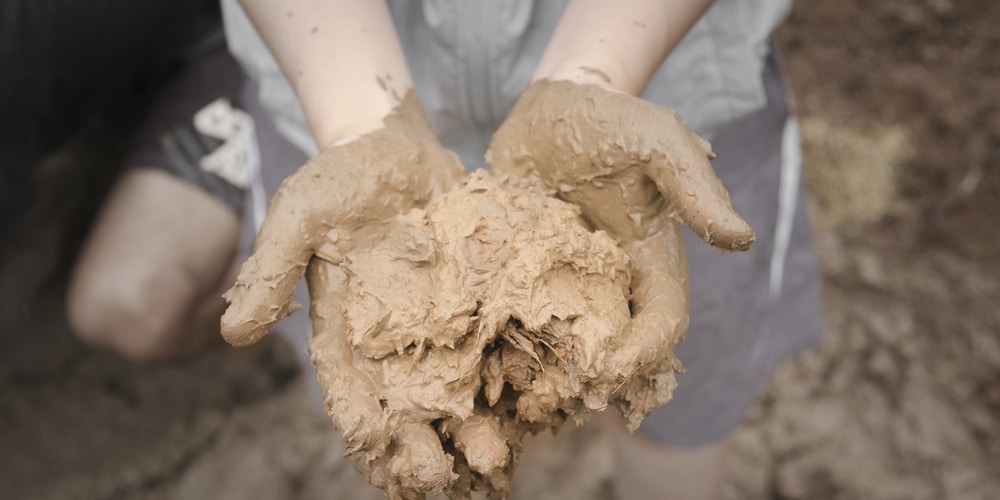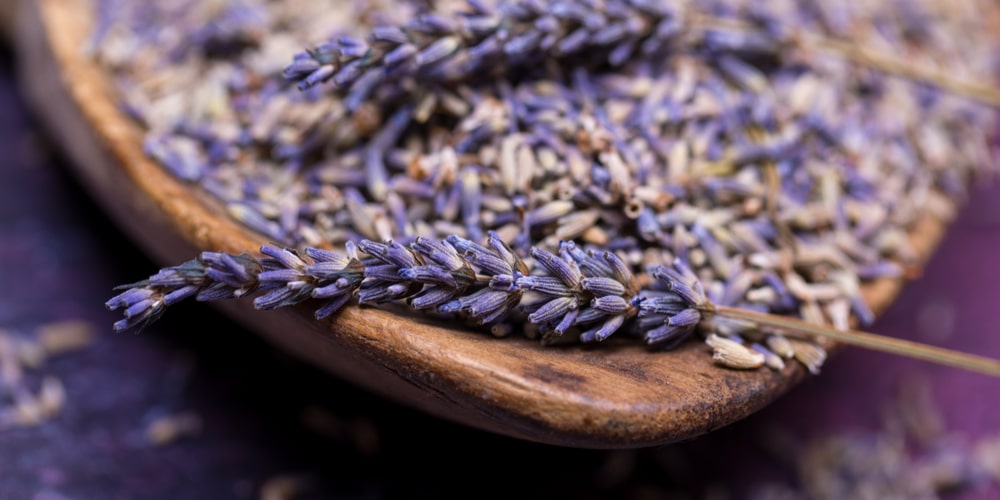If you need to add some color to your garden, consider planting lavender. This stunning herb produces beautiful purple blooms that attract bees and other pollinators to your garden. You can grow lavender in containers, as borders, or even in your rocky gardens.
Use them as companion plants for species that struggle to get pollinated or that might suffer from attacks from pests: being close to lavender can help solve most of the issues. Additionally, lavender releases an appealing aromatic scent that will make it more pleasant to spend time in your garden.
Quick Answer
With the necessary amendments, you’ll be able to grow lavender even in clay soil.
But can lavender grow in clay soils? And how can you prepare your garden to accommodate the growth of these beautiful aromatic herbs? If you want to find answers to such questions, read on!
Can Lavender Grow in Clay Soil?
If you have clay soil in your garden, you might already know that growing plants won’t be as easy as in well-draining conditions. Indeed, this material has a high density that is not ideal for growing plants: the particles are so small to limit access to the plant’s roots to water and other resources, including oxygen, making it more challenging for your green friends to carry out photosynthesis.
Growing plants in clay soil also involve dealing with waterlogged conditions. Indeed this type of ground is so thick (and the particles that compose it so small) that it can retain too much water. While this might sound good at first (after all, you’ll have to water your plants less frequently), it can lead to root rot and eventually kill your plants.
With that said, you might be happy to hear that, with the necessary amendments, you’ll be able to grow lavender even in clay soil. The truth is that you might even get satisfactory results if you manage to make the best out of clay and make the changes to transform it into a more welcoming environment for your plants.
Keep in mind that clay soils tend to be high in nutrients. Because lavender usually grows in poor and sandy soils, the extra fertility will promote the growth of foliage at the expense of flowers. As with most things in life, too much of a good thing is not always beneficial. Plus, because of clay’s high density, your plant might suffer to get the necessary amount of light it needs to survive. Make sure you plant your lavender under full sun to limit this possibility.
To make the most out of your lavender plant and enjoy its blooms to the fullest, you’ll have to amend your soil. Jump to the following section to discover how to do so.
Amending Clay Soils for Growing Lavender

Adding sand to the ground might sound like the best solution to recreate the ideal conditions for lavender to grow. After all, these plants are native to the Mediterranean and like poor and loose soils. However, because of sand’s thin texture and its lack of ability to retain water, it might not be such a good idea if you have clay soil in your garden.
Instead, consider adding gravel: it is much better at maintaining a well-draining structure for longer. Plus, it allows oxygen and sunshine to flow freely and get into your plants, which will not have to struggle for nutrients.
In general, you should avoid trying to dig or work through heavy clay soil when it is wet: the effort will be worthless! It can become too heavy and won’t allow a clean job! Don’t forget to add compost to increase the nutrient content and improve the structure and texture of your clay soil. However, keep in mind that such organic material might hold too much water and potentially lead to root rot.
If you live in a hot region, you might have to add mulch around your lavender plants: use wood bark, white gravel, or limestone for best results. These materials have densities that do not cause waterlogged conditions. Plus, limestone will help you increase the alkalinity of your soil, perfect for growing lavender. Indeed, these purple plants prefer a pH between 6.5 and 7.5. If your garden is acidic, you shouldn’t skip the limestone.
Can Lavender Grow in Clay Soil?: The Bottom Line
So, it is possible to grow lavender in clay soil. However, you’ll have to amend the soil to recreate optimal conditions for the plant’s growth to get the best results.
Related Article: Do Hydrangeas Do Well in Clay Soil?

